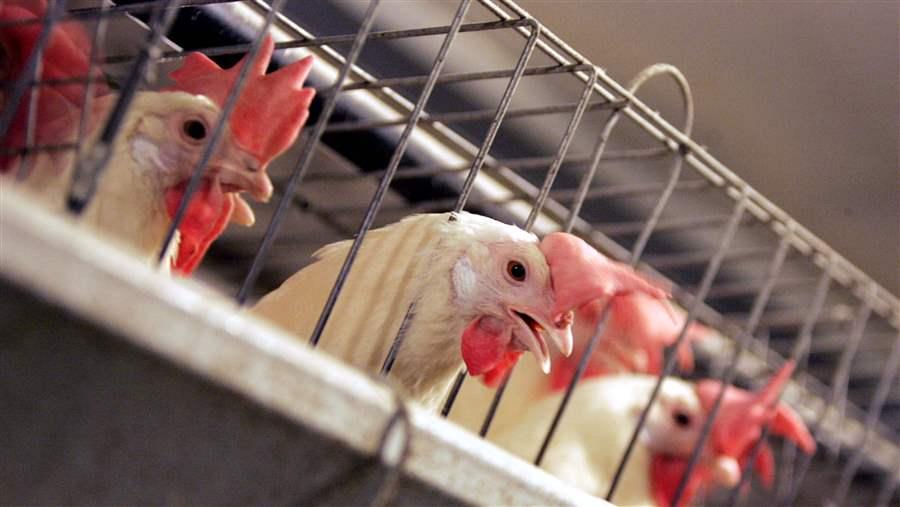By MARSHA
MERCER
Nobody ever
went broke telling Americans things are worse than they think.
A book about
the dysfunctional Congress seems unlikely to hit the bestseller lists, but
that’s what happened in 2012. The provocative title didn’t hurt.
“It’s Even
Worse than it Looks: How the American Constitutional System Collided with the
Politics of Extremism” by Thomas Mann and Norman Ornstein placed the blame for
the mess in Washington squarely at Republicans’ feet. Predictably, some readers
were enraged, others energized.
And the race
to warn people that things are worse than they think was on.
In the last
year, pundits and think tanks have declared a wide range of problems “worse
than you think”: Iraq, the federal budget outlook, wealth inequality, domestic
spying, light pollution, the Home Depot security breach and the health of the homeless,
to name a few.
Then there’s the “it’s bad and getting worse” department. Allergies,
climate change and public housing are in that category, according to news
reports.
But, in the
spirit of the season, let’s consider the possibility that some things may be better than we think. For example, we
hear a lot about rampant consumerism this time of year. Generosity -- not so
much.
And yet, as measured
by our opening our wallets to charity, generosity in the United States has rebounded
since the depths of the financial crisis.
Charitable
giving rose 3 percent last year, the largest year-over-year increase since the
Great Recession, according to Giving USA and Indiana University Lilly Family
School of Philanthropy. It was the fourth straight year of increases, mostly
fueled by individuals.
Individuals,
companies, foundations and bequests gave an estimated $335.2 billion last year,
nearly as much as before the economic downturn. That figure comes from a study
of itemized tax, household surveys and other sources.
While middle
and lower-income Americans give a larger share of their income to charity than
wealthier people, the 1 percent is also engaged. Since Bill and Melinda Gates
and Warren Buffett founded The Giving Pledge in 2010 to spur charitable giving
by the richest of the rich, 127 billionaires in 12 countries have pledged to
give the majority of their wealth to philanthropic causes or charitable
organizations either during their lifetimes or in their wills. Check out the list and pledge profiles on givingpledge.org.
Among them is Facebook
founder Mark Zuckerberg, who gave the federal Centers for Disease Control Foundation
$25 million last month to help fight the Ebola crisis. He has made several eight- and nine-figure donations to education,
health and community development groups, The New York Times reported, making
him “one of the most generous entrepreneurs of his generation."
But you don’t
have to be as rich as Zuckerberg to give.
This Tuesday, Dec.
2, all of us can go online and donate. Now in its third year, Giving Tuesday
targets the Tuesday after the mega-shopping days of Black Friday and Cyber
Monday as a global day to give back.
Last year,
people pledged $19 million on Giving Tuesday, with an average gift of $142.
That was nearly double the $10 million raised in 2012, when the average gift
was $101, according to Blackbaud, a company that provides software and services
to nonprofits.
Giving Tuesday encourages donors to tweet their gifts and to
post “unselfies,” pictures of themselves making the donation.
Ten thousand
nonprofits participated last year, up from 2,500 the first year. Groups are
elbowing each other for support, and that’s prompted a bit of backlash.
The head of a
charity in New York recently chastised other charities, saying they should stop
begging on Giving Tuesday and start giving.
David Nocenti, executive director of the Union
Settlement Association, the largest social service provider in East Harlem, wrote
that on Giving Tuesday he and his staff will be “walking the streets of East
Harlem, giving away hundreds of single-ride transit farecards to members of our
community.
“We will then
ask each recipient to give in some way to at least three other people, such as
visiting someone who is lonely, bringing food to someone who is hungry or
offering a helping hand to someone needing assistance. We’ll also ask them to
tell us how they gave and to post their charitable action online.”
By focusing on
giving instead of asking for gifts, “we aim to inspire hundreds of people to
join in helping others,” he wrote on philanthropy.com, the website of the
Chronicle of Philanthropy.
Generosity is
back. Things are better than we thought.
© 2014 Marsha
Mercer. All rights reserved.
30

